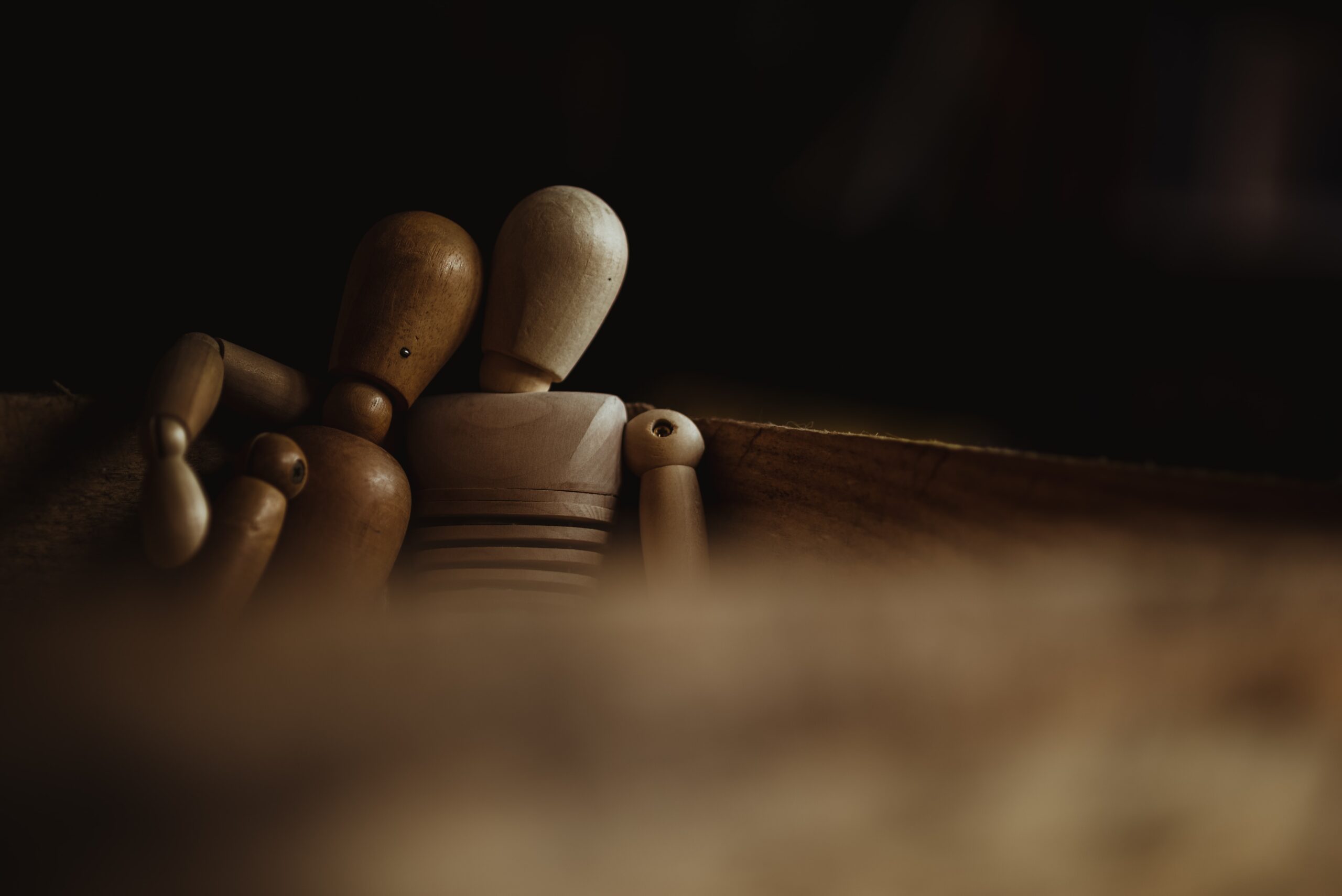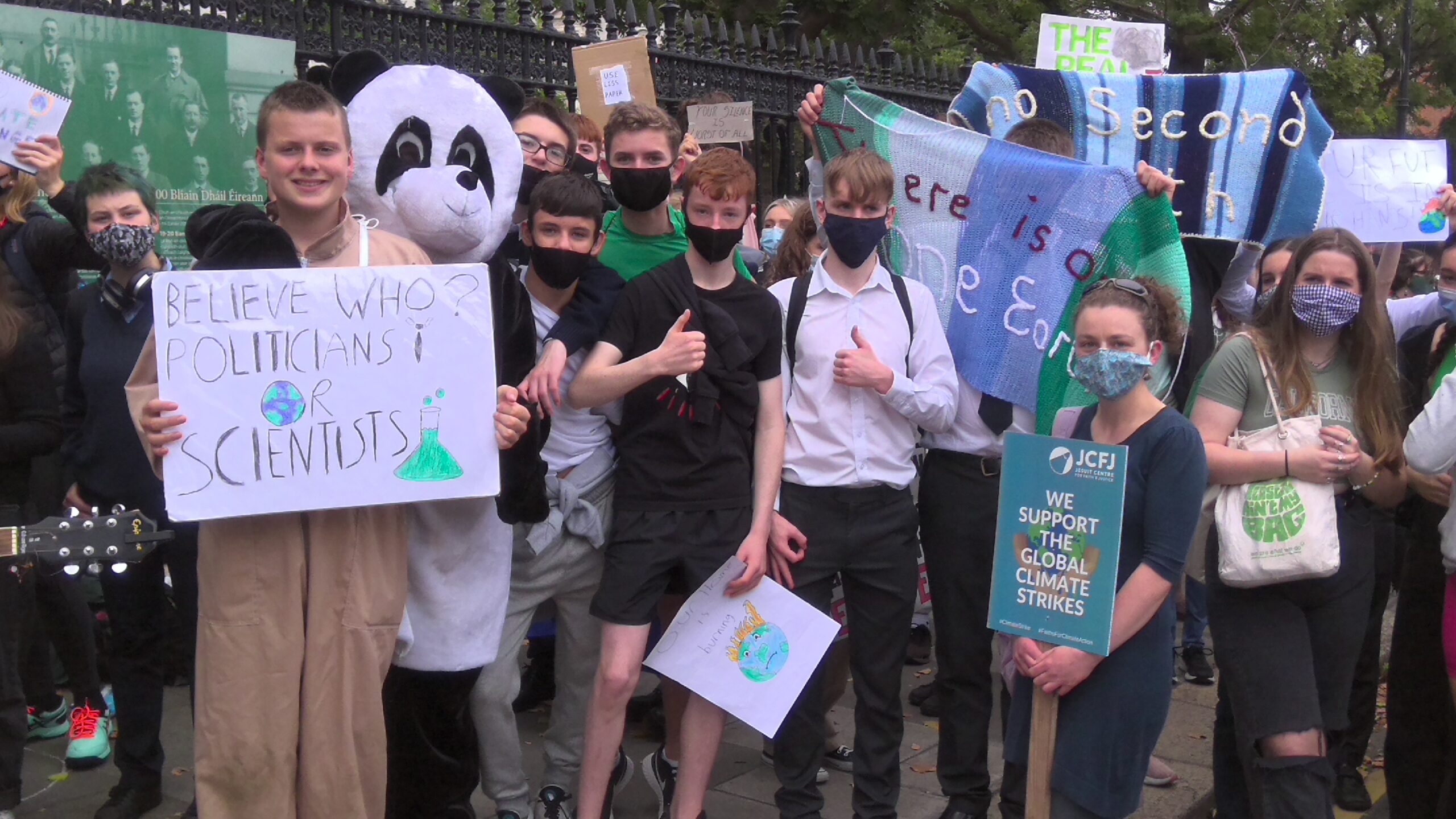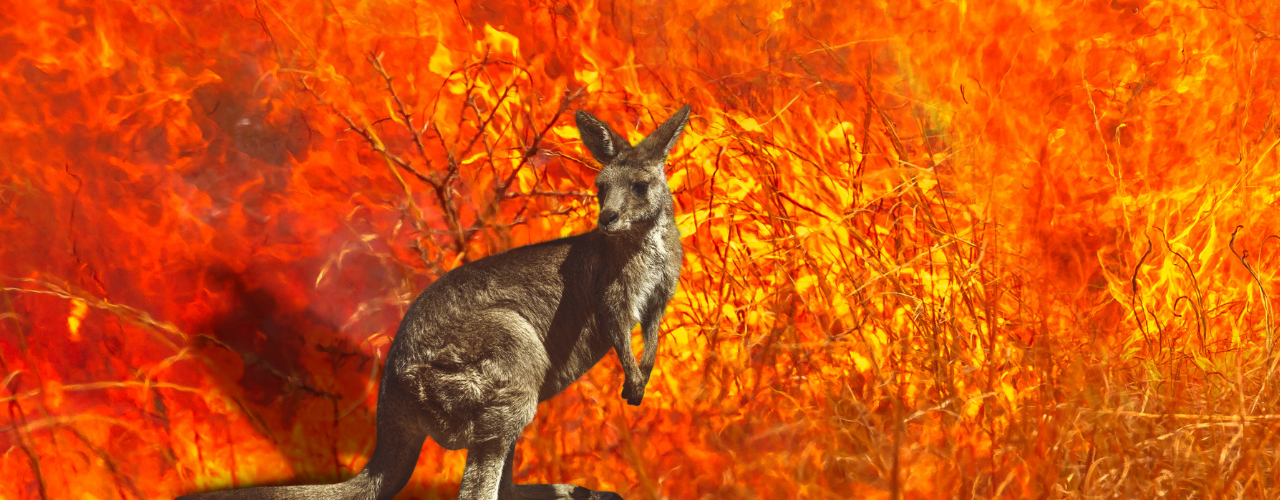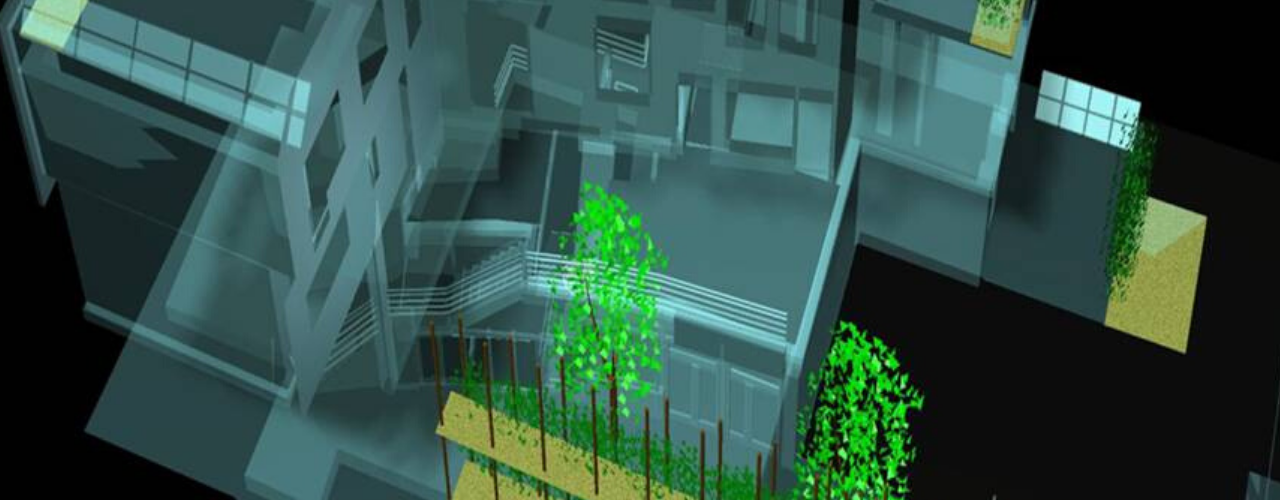
Editorial
I have suggested that rehabilitation is a noble pursuit because it is a creative act and requires vision and imagination. But these insightful essays, taken as a whole illustrate that rehabilitation is an act of hope.

I have suggested that rehabilitation is a noble pursuit because it is a creative act and requires vision and imagination. But these insightful essays, taken as a whole illustrate that rehabilitation is an act of hope.

Over the last twenty years, there has been a remarkable and well-documented collapse of children’s engagement with nature – nearly as fast as the collapse of habitats and environmental resources in the natural world itself.

Reading these essays, the threads that interconnect the different elements of care in our society are clear. When you lack care for one aspect of existence it is easy to imagine this seeping into all other areas.

As the UN High Commissioner for Refugees (UNHCR) has recorded, between 1990 and 2010 there was a fairly consistent level of global forced displacement of between 30-50 million people per annum. However, the past 10 years have seen a significant increase in all forms of forced displacement, defined by UNHCR as displacement resulting from “persecution, conflict, violence, human rights violations or events seriously disturbing public order.”

The first Minister for Agriculture, Patrick Hogan, described the economic policy of the nascent State as one of “helping the farmer who helped himself and letting the rest go to the devil.”[5] By 1926, agriculture accounted for 32 per cent of GDP and 54 per cent of workers were employed on farms or in the food processing industry.[6] This, then, is the context in which we might consider environmental policy at the founding of the State and in subsequent decades.

The Bramble Cay melomys (Melomys rubicola), is also known as the Bramble Cay mosaic-tailed rat. On Earth, there are over 2,200 rodent species comprising about 40 per cent of all mammal species. What’s one rat?

“I tried to raise the point of who was Edward Colston, and why are these people saying the statue needs to come down? I was just floored, basically told to shut up, and that these people protesting were just ignorant and stupid. So, I just sat there crying silently and just feeling ostracised and disappointed because the other students were also not educated. So that’s where some of this began.”

Jesuit Centre for Faith and Justice · Do We Really Feel Fine? Towards An Irish Green New Deal The Problem: The Centre Cannot Hold The world as we know it is falling apart, but in a thousand different ways. A pandemic rages, but contrary to what the dystopian movies taught us, society is intact. Climate… Read more »

“…sustainability is not an individual property but a property of an entire web of relationships: it involves a whole community” – Fritjof Capra Introduction Climate change and biodiversity loss are crises that not only put ecosystems, but also human societies at risk. Our present mainstream sustainability thinking discusses the compromises between the three pillars of… Read more »

Introduction If asked to name the most scenic places in Ireland, where would you mention? Connemara, the Burren, the Wicklow Mountains, the Leitrim Hills, the Shannon Callows, or somewhere else along the west coast? The list is endless. While visually stunning to locals and tourists alike, these areas bear another similarity as they are… Read more »
Working Notes is a journal published by the Jesuit Centre for Faith and Justice. The journal focuses on social, economic and theological analysis of Irish society. It has been produced since 1987.